False facts about the Titanic you always thought were true.
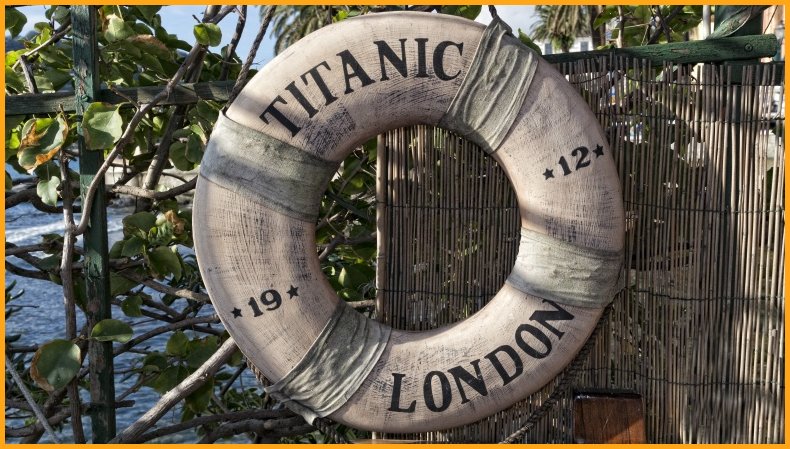
The sinking of the Titanic was a disaster on a monumental scale, ending with the deaths of 1,500 passengers in the frigid Atlantic Ocean. It's been elevated to one of those moments in history that feel more myth and legend than real, a horrible, terrible disaster that most of us can't fathom being a part of. That epic status has led to countless misconceptions being repeated again and again as absolute fact, and we're here to do some educating.
White Star cut corners and was not in compliance with UK lifeboat laws.
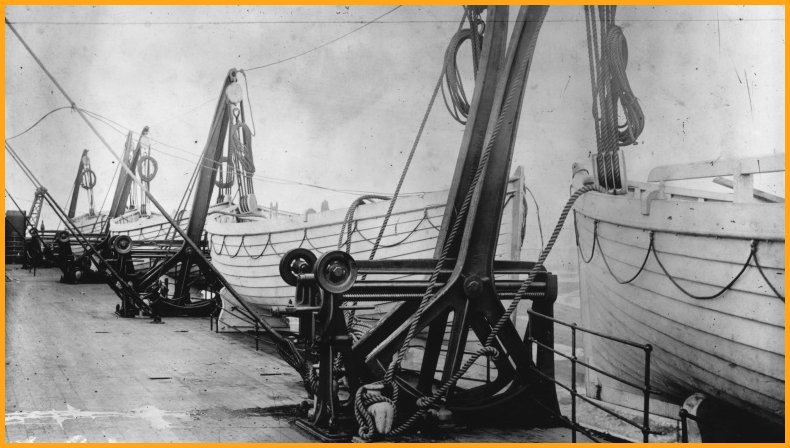
We're going to start with the elephant in the room, the one that everyone thinks they know, even if all they know about the Titanic came from sitting through the movie 35 times. (No one believes you only did it to make your girlfriend happy, by the way.) Part of the problem with the Titanic was that there wasn't enough lifeboats for the passengers, and that happened because White Star was run by greedy, corporate bastards who didn't think the ship would sink anyway. They cut corners, because who wants to spend money on lifeboats when you can be buying more practical things, like monogrammed linens? As unthinkable as it seems, not only is that completely false, but White Star had actually gone above and beyond the legal requirements for the number of lifeboats on the Titanic. At the time she was built, she was still legally bound by laws that had been put in place at the end of the 19th century. Lifeboats weren't the super-efficient kind we think of today — they were big, heavy and ungainly wooden crafts that not only took up a lot of room, but added a huge amount of weight to what the ship was carrying. Regulations for lifeboats were based on the ship's gross tonnage, not the number of passengers it was carrying. Disasters at sea had happened before, and there was at least one attempt to have the rules changed. It didn't happen, so when the Titanic first hit the high seas? She had a gross tonnage of 46,000 tons, and by law, she was only required to have lifeboats that could safely hold 1,060 people. But she actually had more, capable of carrying 1,178 people in her lifeboats. (The fact that not all of the lifeboats were filled to capacity is a whole other unfortunate issue that proves what absolute jerks people can be, even in times of crisis.) .
Titanic's construction crew thought she was doomed from the start.
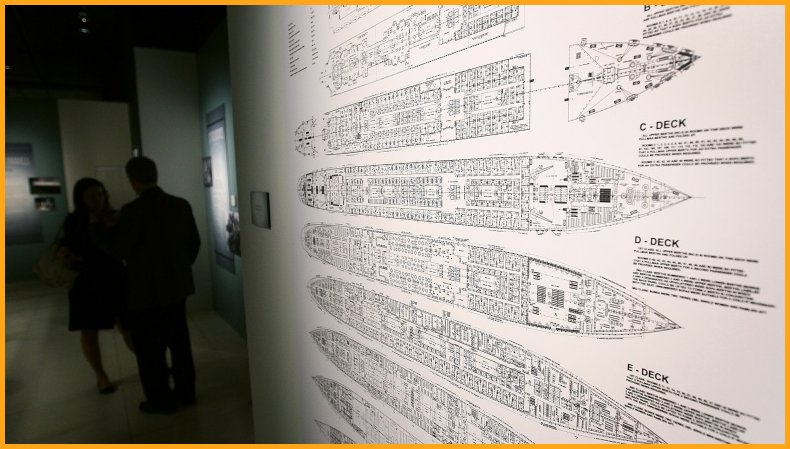
Hindsight can be a terrible, terrible thing, and countless ill omens have been assigned to the construction of the Titanic. She was built in Belfast, and according to one rumor, the Catholic workers who labored to build her knew that she was doomed when they saw her hull number: 390904. Written on pieces of the ship by hand and then read backwards, it spelled: NO POPE.
It's a great story, right, but it's just a story — tons of evidence abound that this is just a fanciful tale that grew up in the aftermath of the tragedy. See, Titanic was actually assigned two different numbers while she was being built. The Board of Trade assigned her 131,428, and the number given to her by the Harland & Wolff shipyard? That was 401. Either way, definitely not NO POPE.
Titanic was carrying gold bouillon / An Egyptian mummy.

This is another one that crops up when people start looking for a reason for what happened, and even some sort of bizarre ancient curse is apparently better than just mean ol' karma. The stories vary, and people are usually completely convinced that the Titanic was carrying some kind of Egyptian mummy (and a curse), or that she was weighed down with gold bouillon (which is always cursed).
First off, the mummy. No, there's no mummy with a long list of English explorers, businessmen and adventurers she's killed because she's mad her final resting place was desecrated and her earthly remains removed to be gawked at. The legend was first written by a London journalist named W.T. Stead, who wrote a story about a mummy that had been removed from her tomb in Egypt and taken to London, where she brought destruction to everything in her path. Stead linked the story to a very real mummy that sat (and still sits) in the British Museum, belonging to a Priestess of Amun. So, when Stead suggested that the mummy was a cursing machine, people ran with it. When he later died on the Titanic, the mummy legend became linked with the sinking ship.
Now, the gold bouillon. There's no gold bouillon on the Titanic, and we know this partially because we have the cargo manifests, partially because no claim was ever issued (White Star paid out $664,000 in claims for lost goods, including the largest single claim for a French neoclassical painting) and partially because you're thinking of the HMS Laurentic, another White Star ship that came out of the same shipyard as Titanic and sank in 1917 while actually carrying gold bouillon. It was a bad few years for White Star, so if there was a curse, maybe it was on them.
The champagne bottle used to christen Titanic didn't break, foreshadowing bad luck.
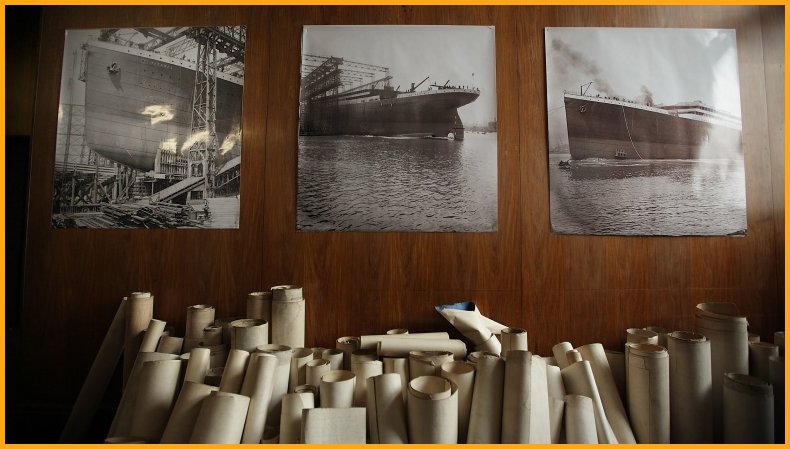
This story claims that, when Titanic was launched and christened, the champagne bottle smashed against her hull didn't break. It's thought to be bad luck when that happens, and a sunken ship killing thousand is pretty much the definition of bad luck. Thing is, no champagne bottle was ever broken (or not broken) on Titanic's hull, because White Star never did the launching ceremony with any of their ships. The process of getting the ship out of dry dock and into the water is impressively complicated enough, and White Star apparently didn't buy into any pomp and circumstance or gave a whit about appeasing any ocean gods.
Given their track record, maybe they should have, especially considering that there is one horrible part of the Titanic's launching that never gets mentioned. Part of the launch involved knocking wooden supports out of the way, and one of the dock workers was injured in the process and later died. So next time you need to launch a boat, err on the side of caution and just break the damn champagne bottle. Just in case.
One man got a spot on the lifeboats by dressing as a woman.
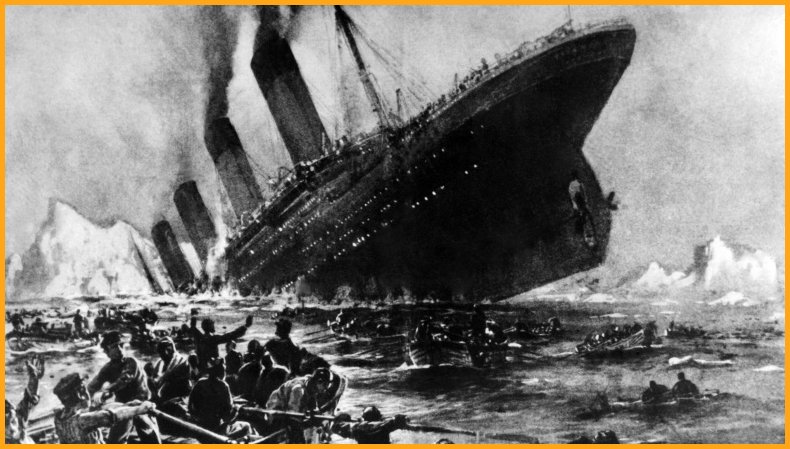
Not only is this one not true, but it ruined the life of the man who reportedly did it. According to William T. Sloper, he escaped in a lifeboat because he was in the right place at the right time. There weren't enough women and children to fill the lifeboats, so whoever was there got in and launched. Other eyewitness reports verify that's exactly what happened, except for tabloid pioneer William Hearst, who never let the truth get in the way of a sensational story that would sell more papers. His "journalists" ran another story, claiming that Sloper had disguised himself as a woman to get on board. Sloper could never live it down, and was called "Skirts" for the rest of his life. He even had to build a wall around his house to keep the curiosity-seekers away, and the whole thing seemed to add insult to injury.
Captain Edward Smith was incompetent/shot himself/ignored iceberg warnings.
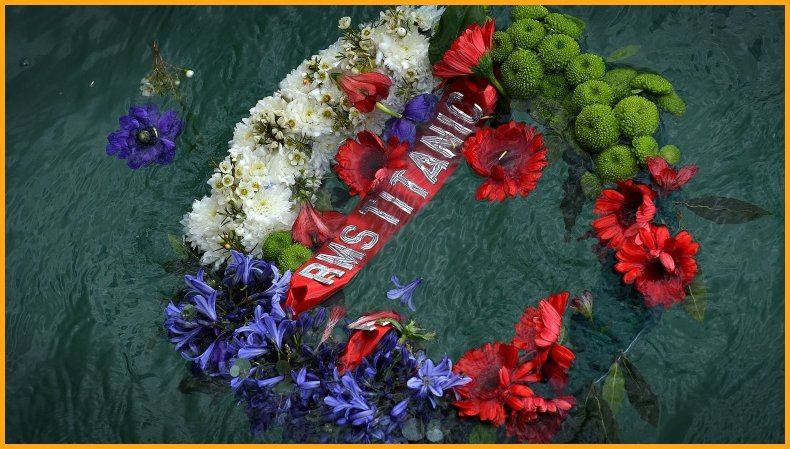
And now for the sad story of the Titanic's captain, Edward Smith. There's a whole lot of stories about him and how he contributed to the disaster, from pushing for the speed record we've already debunked, to ignoring warnings about icebergs.
We'll tackle that one first, as it's an easy one. He didn't ignore iceberg warnings — he had them all posted in the chart room. He's often accused of having failed his navigation test, and that one, at least, is true. While yes, he failed once upon a time, he eventually passed the test with flying colors in 1888. After that, he went on to be such a successful captain, he was called the "Millionaire's' Captain," because he was so unbelievably good at his job that most anyone who could afford to request a certain captain requested him. If you don't think that's a glowing recommendation, we feel bad for you because clearly, you're never going to be pleased with anything.
As for the stories that he committed suicide before the ship sank, they're also pretty crap-filled. It's uncertain as to how he spent his last moments, but some of the final eyewitness reports of his activities place him on the bridge about seven minutes before the ship sank, meaning that however he died, we know that he did choose to go down with his ship. Respect .
Third-class/steerage passengers were locked below to keep them from taking space in lifeboats
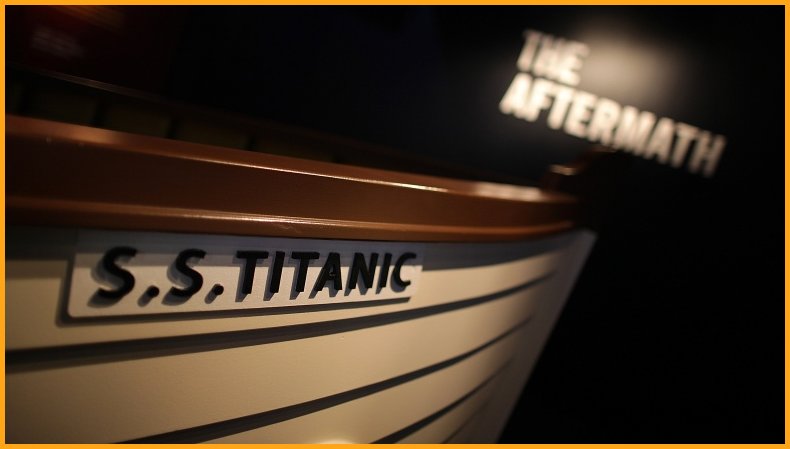
When you look at the numbers, it seems logical that this horrible fact be true. While the majority of first-class passengers survived (including a third of the men and almost all the women and children), most of the third-class passengers died. Popular belief dictates that the degenerates and poor people were locked below to save the lifeboats for the rich, and since that fits in with the our stereotypical image of rich people = callous, greedy so-and-so's, it sounds right. Only, it's not. Dig into the testimonies of survivors a bit, and you'll find things like the report of third-class Irishman Daniel Buckley. According to him, he had been sleeping in his bunk in steerage when he heard and felt the impact. He headed up to the deck (as instructed by crew), was given a lifebelt by a first-class passenger, and ended up sharing a lifeboat with a handful of others that had made it. According to his later testimony, the gate leading up from steerage was not locked, and those who had been sleeping below had as much chance as anyone else to make it to the lifeboats. It's true that at first (likely before anyone realized what had really happened), there was an attempt to keep steerage passengers below-decks. However, by the time everyone realized just what was going on, everyone also realized that they were in it together, regardless of wealth or status. Everyone, after all, drowns the same.
A sealing ship saw Titanic sink, but did nothing.
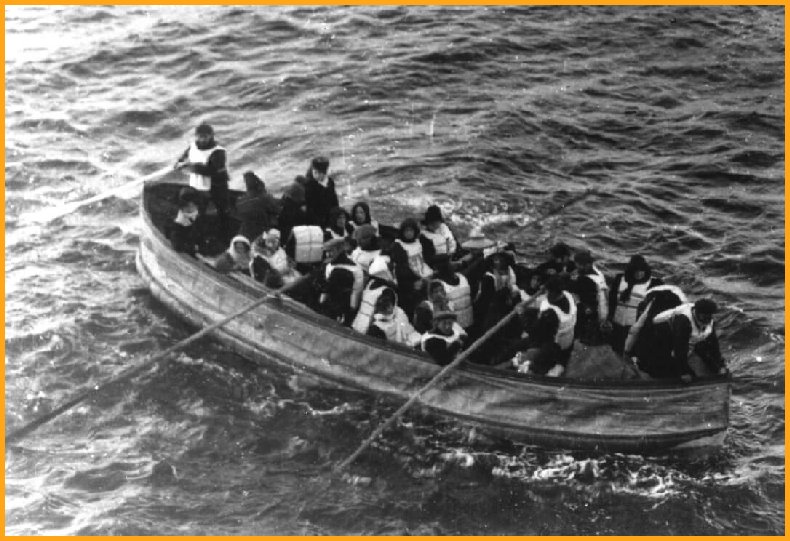
The ship was a sealer called Samson, and it was supposedly close enough that those in the water around the sinking Titanic could see lights. She was there illegally, though, and so she helped no one and headed out of the area. The possibility that they turned their back on survivors has always been a hugely controversial idea, because not everyone is a heartless monster. Most of the stories around the Samson start with the testimony of one of the sailors that had been on board. Hendrik Bergethon Naess claimed that he had been on deck, when he saw what he had first thought were stars. The watchmen had realized they were rockets, but the Samson had continued on its course of doing nothing. They only found out what happened to the Titanic later, once they made port. The only problem with this was that the Samson was in an Icelandic port just before the Titanic sank, and therefore couldn't possibly have been there. Anything for attention, huh, Naess?
Their strict women-and-children-first policy set an industry standard.
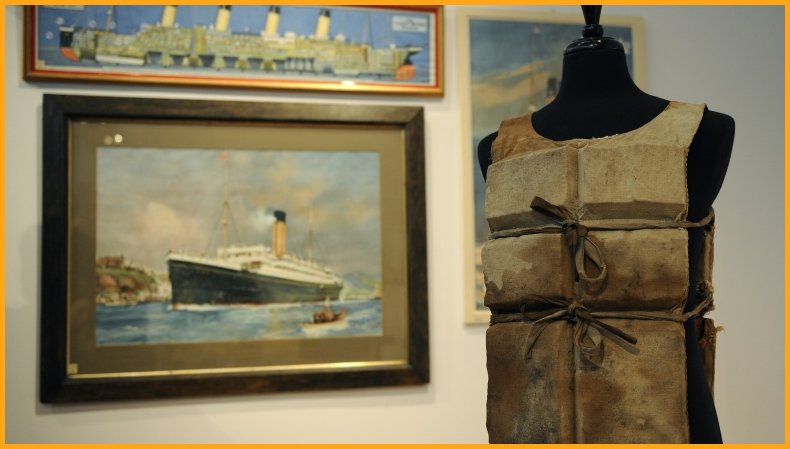
Imagine you're on the Titanic, just hoping to survive. You need to pick a side … do you go left, or right? If you headed left, you would be heading toward the lifeboats overseen by Second Officer Charles Lightoller. He took the captain's orders seriously, and as a result, there were almost no male passengers saved on his side.
If you went right, you were under the watchful eye of First Officer William Murdoch. He took a slightly different approach, which was still to put women and children on first. However, if there were no more waiting and ready to go, the men were ushered on. In the end, Murdoch and his flexible interpretation saved 62 more lives.
In the ship's final moments, Lightoller jumped into the water, and was the last survivor picked up by the Carpathia. Murdoch's body, meanwhile, was never recovered. The idea of "women and children first" was around before Titanic, but it was that shipwreck that firmly entrenched the idea into maritime lore.
So, how have we done since then? In a study of 18 shipwrecks and the 15,000 passengers involved, children had only about a 15% chance of surviving. Adult men? Twice as likely to live as their female counterparts. Titanic was an exception in another bit of maritime lore, too, as her captain died with her. Look at those same 18 wrecks and you'll find that the captain and crew had a 61% chance of seeing the Sun rise, while their male passengers only had a 37% chance.